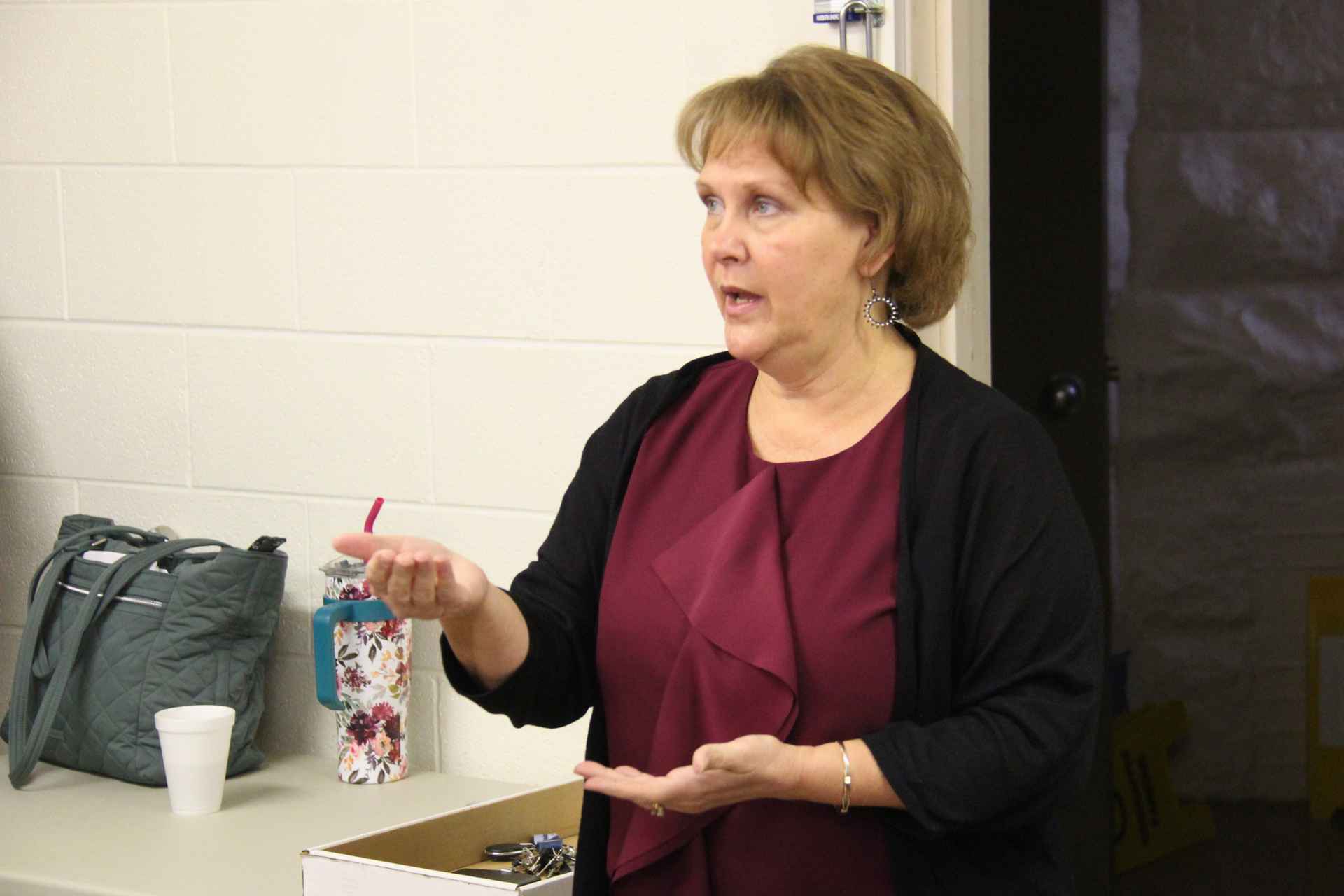lants and animals on land aren’t the only organisms that need oxygen to survive. Underwater aquatic life requires dissolved oxygen to live and prosper.
But a variety of factors, such as pollution, water temperature and bacteria, can deplete the amount of dissolved oxygen within a water ecosystem, setting off a chain reaction that kills off aquatic life and potentially spreads disease to humans.
In a new study, one West Virginia University engineer developed a simpler, more effective model that predicts dissolved oxygen in streams across the U.S. Atlantic Coast. Omar Abdul-Aziz, associate professor of civil and environmental engineering, said the model can be applied to water bodies anywhere in the world.
Abdul-Aziz’s research also found that streams in the southern U.S. (Florida and Georgia, for instance) have a higher metabolism, meaning that they contain less dissolved oxygen due to warmer temperatures and the heavy presence of nitrogen and phosphorus.
His findings are published in Science of the Total Environment.
“Water quality in rivers and streams has degraded throughout our nation and the world,” Abdul-Aziz said. “If the water quality is not good, you’ll end up with low oxygen. And just like we need oxygen in the air to breathe, aquatic life such as bugs, fish and flora need oxygen. If there’s not enough oxygen, there can be major deaths and the decomposed matter can spread disease to humans.”
A small amount of oxygen is dissolved in water, according to the United States Geological Survey. This oxygen enters the water from the atmosphere and groundwater discharge.
Historically, making continuous measurements or predictions of dissolved oxygen have been challenging, given the numerous streams and rivers and their diverse settings. For his study, Abdul-Aziz said that he had established a novel concept that contains only two parameters.
“The more parameters, the more uncertain are the predictions,” he said. “The important drivers are typically nutrients, temperature, atmospheric pressure, stream width and depth, pH and salinity (saltiness). We brought these together in a simplified model to reduce uncertainty in the prediction, resulting in the output which is dissolved oxygen.”
Abdul-Aziz tested his model out on streams across the U.S. Atlantic Coast, which revealed discrepancies between the northern and southern regions. Poorer water quality was identified in southern streams due to a higher metabolism. Abdul-Aziz pins this on warmer water temperatures, the presence of nutrients and narrower, shallower stream sizes.
In contrast, streams up north are typically cooler, lower in nutrients, wider and deeper in size, allowing for more aeration and oxygen, he said.
He explained that one major culprit of lessening oxygen levels is caused by the expanded use of fertilizers, which contributes to eutrophication, when nutrient-rich water bodies experience a dense plant growth and animal deaths. The richness of nutrients (nitrogen, phosphorus) in the water come from land runoff. Those elements eventually flow into the ocean.

“Land management measures can be implemented to help reduce nutrients, organic matter and salinity in streams,” said Abdul-Aziz, whose research was funded by a National Science Foundation CAREER Award. “Specifically, there are well-established ways we can ensure that stormwater isn’t bringing a lot of nutrients and organic fragments into the runoff.
“It’s a global problem, particularly with increasing urbanization. The human population is increasing; therefore, we need more food production. More production means more fertilizers.”
Overall, a better understanding of stream health and dissolved oxygen levels can guide officials, stakeholders and conservationists into improving water ecosystems, regardless of location, according to Abdul-Aziz. He noted that West Virginia’s streams and rivers have been degrading in quality over the years, and that his research can help manage the ecosystem health.
“We have some highly-acidic streams in West Virginia,” he said. “A lot of the focus is on acid-mine drainage. That’s a driving variable in the metabolic number.
“Even though we’re wild and wonderful, we have a lot of polluted waters. I believe this research can help prioritize the management of streams in our state.”

















